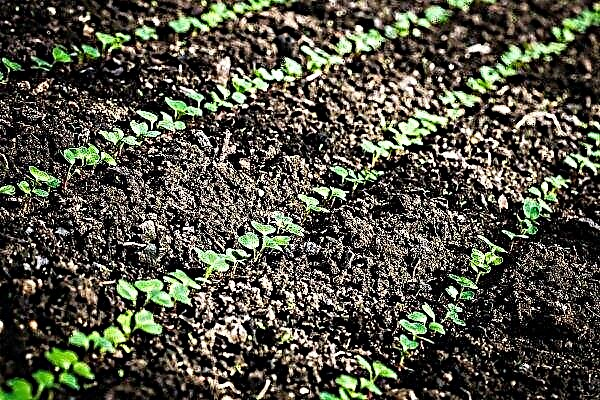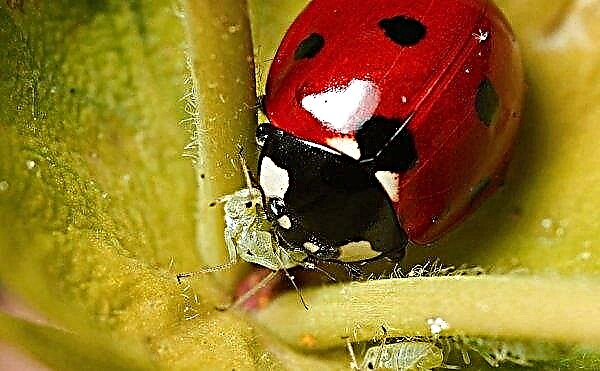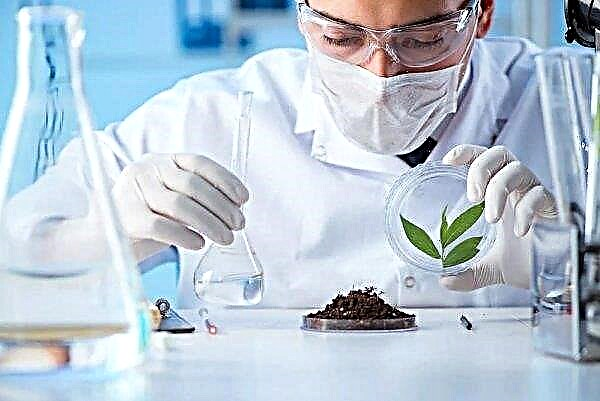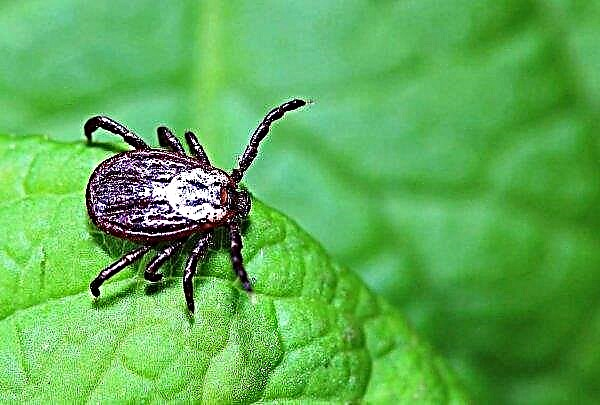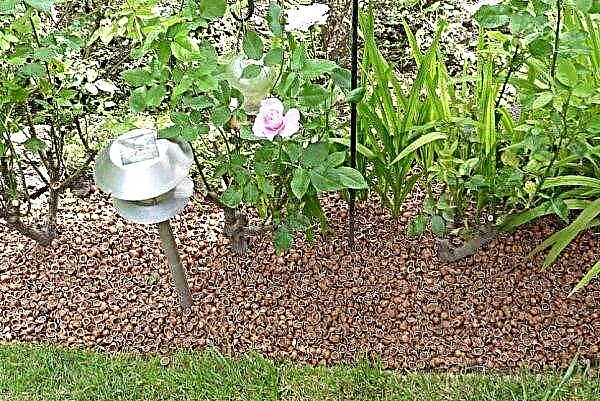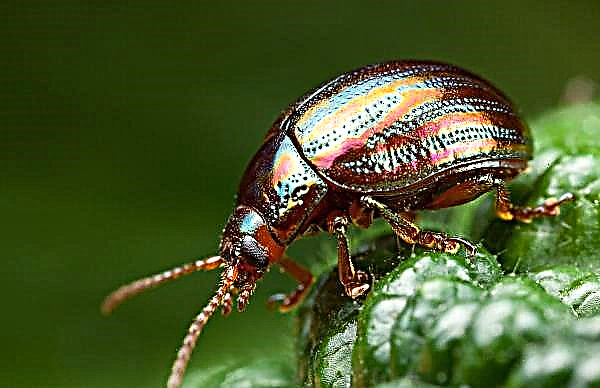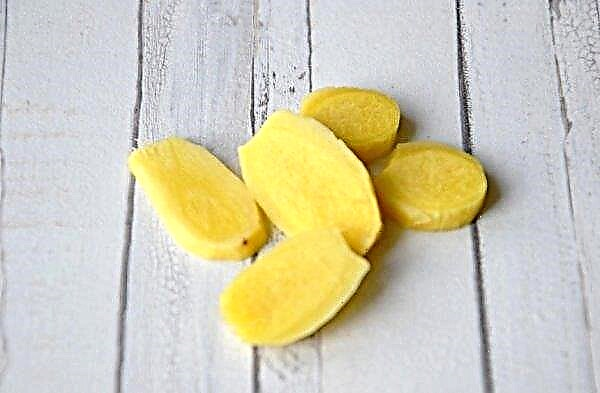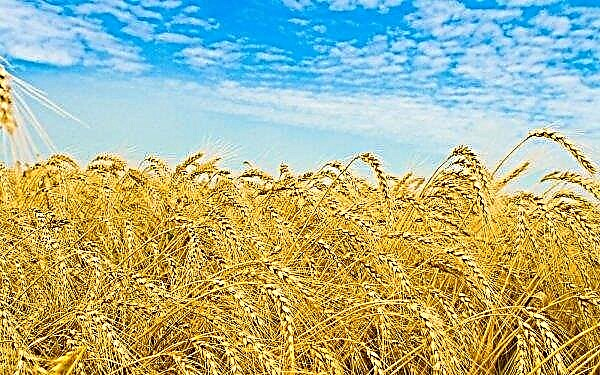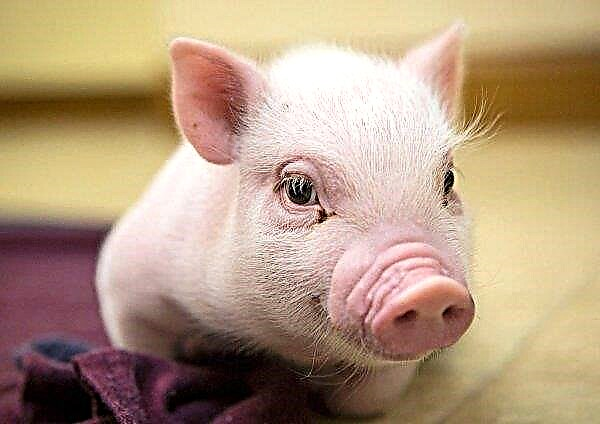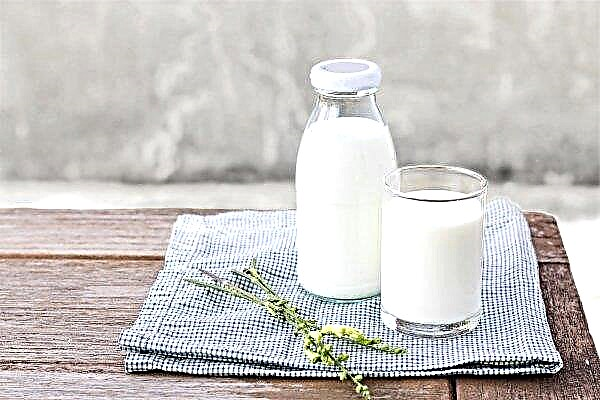Quite often, the root of ginger and horseradish are identified and considered the same plant. Both cultures belong to herbaceous and perennial plants, however, belong to different families and have completely different characteristics. What are the main differences between the two spices, and which one is more useful - later in the article.
Is ginger the root of horseradish?
In order to correctly answer the question: “Ginger and horseradish are the same plant?”, You should understand the biological characteristics of each culture. Horseradish is a herbaceous perennial plant growing in the form of a root crop, which belongs to the cabbage family. It has a long straight stem 1-1.5 m, large green oblong-shaped leaves. The calyx of the plant is small, no more than 3 mm, the petals are white in color, short, up to 6 mm long. Fruits of horseradish are presented in the form of swollen elongated pods, about 5 mm long.
Ginger is a culture of the genus of herbaceous, perennial plants of the Ginger family. It is distinguished by the presence of subordinate roots, which form the fibrous root system. The plant has an upright, rounded stem, the internodes of which do not exceed 1 cm. The green mass is represented by simple, whole leaves with a pointed top. Ginger fruits are small seed boxes with three leaves. Based on the foregoing, we can conclude that ginger and horseradish are not the same plant. The first belongs to the category of cereals, as it has a monocotyledonous structure, and the second to cruciferous, since it is dicotyledonous. In addition, cultures grow completely differently, develop, need different growing conditions.
Based on the foregoing, we can conclude that ginger and horseradish are not the same plant. The first belongs to the category of cereals, as it has a monocotyledonous structure, and the second to cruciferous, since it is dicotyledonous. In addition, cultures grow completely differently, develop, need different growing conditions.
Important! The only similarity of the roots can be considered their widespread use in the field of cooking, and tart, unusual, pungent taste.
What is the difference?
The difference between ginger and horseradish root lies not only in the external qualities of the plants, but also in the chemical composition, growing conditions, and peculiarities of care.
Appearance
To distinguish ginger from horseradish simply in appearance. Ginger leaves are erect, while horseradish curls inward, have a less elastic structure. Horseradish bushes in appearance are more like cabbage bushes, ginger is a flowering plant with spike-shaped flowers. Rhizomes of plants have a slight similarity, but there is a difference: horseradish root is thick, fleshy, while ginger root consists of round-shaped, palmate-separated fragments.
Rhizomes of plants have a slight similarity, but there is a difference: horseradish root is thick, fleshy, while ginger root consists of round-shaped, palmate-separated fragments.
Origin
Ginger plant came to European countries from the countries of South Asia in the Middle Ages. At that time, it served as a wonderful remedy for the prevention of plague. It was also widely used as a spice, a cure for many diseases. At the beginning of the XVI century. the miraculous root was brought to America, where it quickly spread throughout the territory. The natural range of horseradish is Europe, Siberia and the Caucasus, from where the culture was brought into the countries of Asia and America.
Chemical composition
Both plants have a rich chemical composition, which is represented by various vitamins and minerals. Among the common useful components in the composition of rhizomes, a large number of essential oils can be noted, which give them a specific burning taste and aroma.
Ginger contains:
- B vitamins: B1, B2, B4, B5, B6, B9;
- ascorbic acid;
- Vitamin E
- vitamin K;
- macronutrients: potassium, calcium, magnesium, sodium;
- trace elements: iron, manganese, copper, selenium;
- mono- and disaccharides;
- essential and interchangeable amino acids;
- fatty acid;
- organic compounds: zingiberins, sesquiterpenes;
- camphene;
- cineol;
- bisabolene;
- borneol;
- citral.
 Calorie content of the product is average - per 100 g 80 kcal.
Calorie content of the product is average - per 100 g 80 kcal.Energy value:
- proteins - 1.8 g;
- fats - 0.8 g;
- carbohydrates - 15.7 g.
The chemical composition of horseradish is as follows:
- Vitamin B group: B1, B2, B4, B5, B6, B9;
- vitamin C;
- Vitamin E
- vitamin K;
- macronutrients: potassium, calcium, silicon, magnesium, sodium, phosphorus, sulfur;
- trace elements: aluminum, boron, iron, iodine, cobalt, manganese, fluorine, chromium, zinc;
- digestible carbohydrates: starch and dextrin;
- omega-3 and omega-6 fatty acids.
At the same time, the energy value of the root is 59 kcal per 100 g.
Did you know? Horseradish is characterized by exceptional resistance to frost. Some of its varieties can grow even beyond the Arctic Circle.
The ratio of the BJU is as follows:
- proteins - 3.2 g;
- fats - 0.4 g;
- carbohydrates - 10.5 g.

Growing Features
Horseradish belongs to the category of unpretentious plants, the cultivation of which does not require effort. The plant grows on light, loose soils, for example, loam, chernozem or sandy loam soil. It is preferable to plant a crop in early spring, in moderately moist soil in a well-lit, sunny area. Care of the crop consists in loosening the soil and regularly clearing the beds of weeds. Horseradish does not need regular watering, however, to get a good harvest, do not allow excessive drying of the land.
Unlike horseradish, ginger is a more capricious culture that requires attention and the implementation of some agricultural techniques. The plant belongs to the category of heat-loving, prefers to grow in sunny, warm areas, reliably protected from drafts and cold winds. For full ripening of the rhizome, it needs at least eight months, which is why in open ground it can be grown only in the southern regions.
Important! In regions with a cold climate, ginger is often grown at home, on window sills on the western or eastern side.
In the northern regions, the plant is cultivated only in the greenhouse. For ginger, one should select nutritious, enriched with minerals, soils that pass moisture and air well. Throughout the growing season, the culture is regularly moistened, fed with mineral and organic preparations, and they are treated with special insecticidal and fungicidal agents. The best time for planting horseradish is the third decade of April, but can be planted both in summer and in autumn.
The best time for planting horseradish is the third decade of April, but can be planted both in summer and in autumn.
Where are used?
The described products are widely used in the culinary field, as well as traditional healers for the treatment and prevention of various ailments. Both root vegetables are a wonderful aromatic, tasty and healthy spice, which gives the dishes a spicy tart taste. Ginger root is often used as an additive to tea. Horseradish leaves are considered an indispensable ingredient in conservation and winter preservation. Plants are characterized by high healing properties.
Ginger has a wound healing, stimulating, general strengthening, anti-inflammatory, antibacterial, antiseptic effect, promotes weight loss and accelerates metabolic processes. The product is effective in the treatment and prevention of colds, to maintain female and male health, to normalize the work of the cardiovascular and nervous systems. Horseradish root is used as a powerful stimulant for the digestive system, improve appetite, and accelerate metabolic processes.
Did you know? Ginger belongs to the category of those rare plants in which, even with prolonged freezing, the healing properties are not destroyed. Therefore, for storage, the root can be frozen in the freezer in whole or in slices.
Fresh product helps with rheumatism, joint diseases, frostbite of the skin. It has a pronounced diuretic effect, it is used for urolithiasis, cystitis and gout. In addition, both plants have cosmetic properties. Water horseradish infusions help get rid of age spots and freckles, remove inflammation and acne. Ginger-based masks rejuvenate, cleanse, whiten the skin, eliminate oily sheen, and prevent premature wrinkles.
Which plant is healthier?
The benefits of ginger and horseradish are due to their unique, multifaceted chemical composition. However, if we talk about the healing properties, then the leadership among the two cultures belongs to ginger.
- Moderate and competent reception of ginger root contributes to:
- strengthening the immune system;
- accelerate metabolic and metabolic processes;
- normalization of the functioning of the digestive system;
- vascular strengthening;
- lowering the level of "bad" cholesterol;
- activation of brain activity;
- burning fat tissue;
- the destruction of parasites in the intestine;
- inhibition of the development of inflammatory processes;
- reduction of pain during menstruation in women;
- the production of the male hormone testosterone;
- increase potency.
Important! You can get the maximum benefit from ginger and horseradish only if the products are consumed in a dosed manner and only after consulting a doctor.
- The impact of horseradish on the human body is more about the functioning of the digestive system and the gastrointestinal tract:
- enhances gastric motility;
- activates secretory function;
- stimulates the intestines;
- accelerates the processes of exchange;
- increases appetite.
 In addition, the product helps in the treatment of colds: runny nose, bronchitis, tonsillitis. Ginger and horseradish, despite some similarities, are completely different, full-fledged plants that have different chemical composition and medicinal properties. Differences between cultures lie even in small things. For example, horseradish is widespread in the wild, while ginger can not be found almost anywhere.
In addition, the product helps in the treatment of colds: runny nose, bronchitis, tonsillitis. Ginger and horseradish, despite some similarities, are completely different, full-fledged plants that have different chemical composition and medicinal properties. Differences between cultures lie even in small things. For example, horseradish is widespread in the wild, while ginger can not be found almost anywhere.

